Meet the Advocates and Researchers Revolutionizing Sickle Cell Care
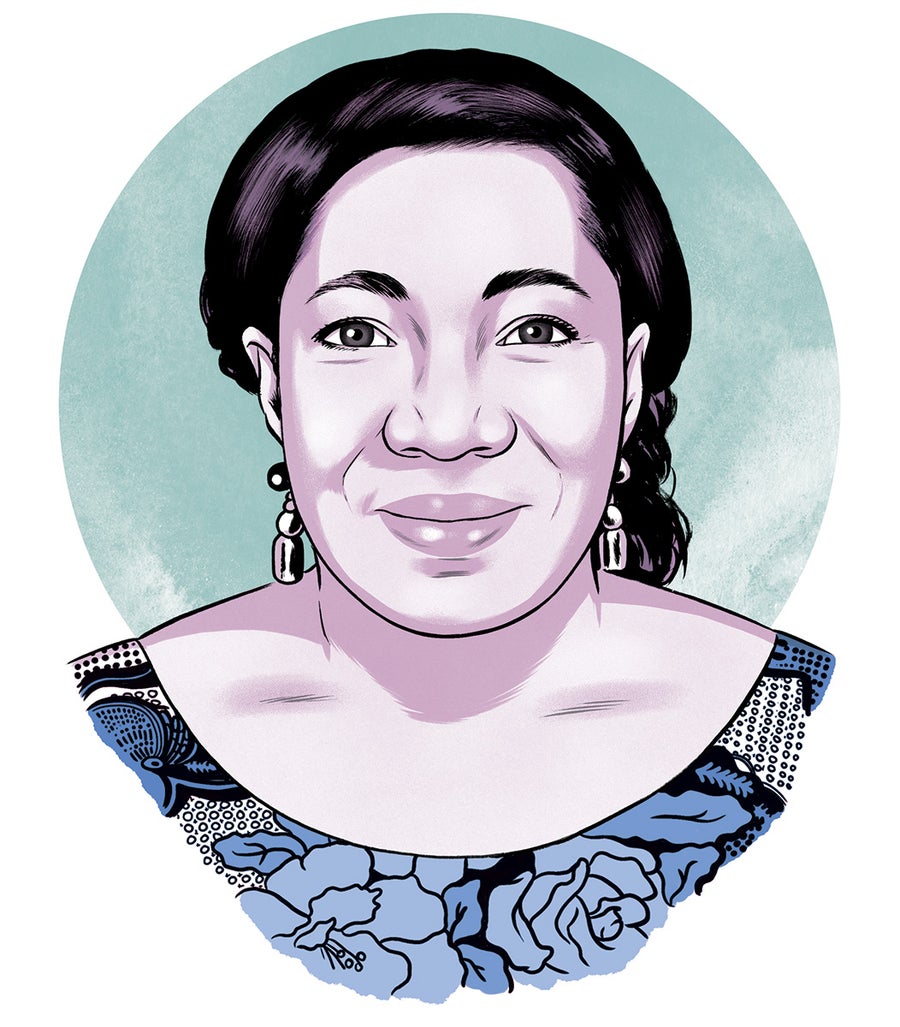
This article is part of “Innovations In: Sickle Cell Disease,” an editorially independent special report that was produced with financial support from Vertex Pharmaceuticals.
Obiageli Nnodu
On supporting science journalism
If you’re enjoying this article, consider supporting our award-winning journalism by subscribing. By purchasing a subscription you are helping to ensure the future of impactful stories about the discoveries and ideas shaping our world today.
Championing Newborn Screening
After attending the first annual Global Sickle Cell Disease Congress in Accra, Ghana, in 2010, Obiageli Nnodu returned home to Nigeria with a deep resolve to combat the disease in her own country. Nigeria is estimated to have the world’s largest population of people with sickle cell disease, and Nnodu, a clinical hematologist and sickle cell researcher at the University of Abuja, has been treating adults with the illness since 1985. She knew she would have had far more impact if she could have intervened when they were young. Most people who die from sickle cell disease in Africa are children who have never been diagnosed, so instituting widespread newborn screening would be the most effective way to help them survive.
At the time, the efforts to screen newborns in Nigeria were small and isolated, with little communication or collaboration among groups. Nnodu co-founded the Sickle Cell Support Society of Nigeria (SCSSN), a nongovernmental organization that brings together other NGOs, doctors, researchers, parents and patients. Her first goal: collect as much data as possible about the disease in her country.
Nnodu quickly learned that diagnostic tests in Nigeria required tedious sample collection, transportation to one of only six sickle cell centers across the nation, reliable power for the diagnostic machines at those centers, and highly trained personnel to collect and process the samples. In a country like Nigeria, with a largely rural population, scaling up this process was simply not feasible.
By 2017 more practical tests had been developed—ones with a low learning curve that didn’t require electricity and could be conducted at the patient’s location. Between September and December of that year Nnodu’s team used those simple devices to test more than 1,000 newborns across Nigeria and proved they could reliably and accurately diagnose day-old babies. Shortly thereafter a study of infants at immunization clinics in the capital city of Abuja showed their approach could be integrated into a public health system.
Based on Nnodu’s foundational studies, a health-care network, the Consortium on Newborn Screening in Africa, was created; by 2021 it included seven countries. It works to establish and expand newborn screening and early-intervention programs at medical centers and hospitals. Nnodu is also the principal Nigerian investigator for another multicountry collaboration, the Sickle Pan African Research Consortium, which is working to develop infrastructure for sickle cell disease research, care, education and training in sub-Saharan Africa.
In just 15 years “she has taught those working with her the power of networking, collaboration and attention to detail,” says Adekunle Adekile, the previous chair of the SCSSN and a sickle cell researcher and professor of pediatric hematology at Kuwait University.
Nnodu acknowledges that it’s unusual for a hematologist who works with adults to focus on newborn screening. She hopes that by identifying sickle cell disease early, she can get these tiny patients to pediatricians who will look after them so they can grow up, be educated, take on grown-up responsibilities “and come to me.”
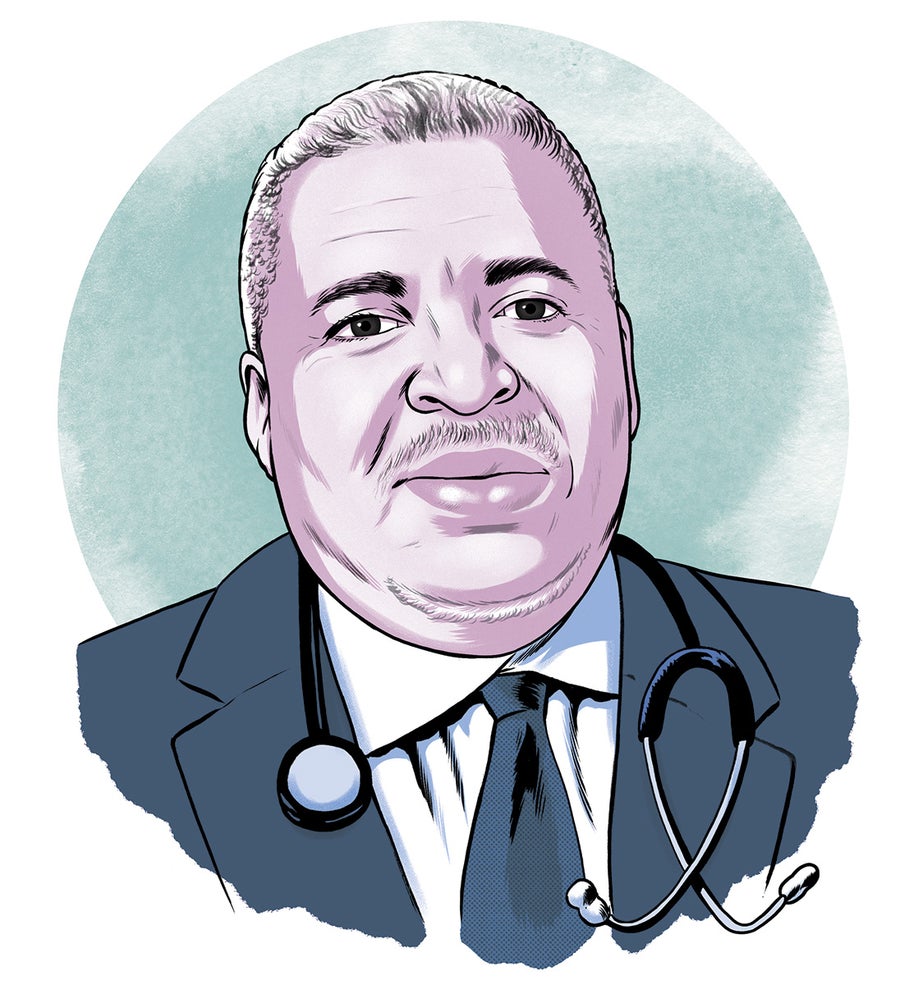
Wally R. Smith
Managing Pain and Care for Adults
Wally R. Smith, a hematologist at Virginia Commonwealth University School of Medicine, has dedicated his career to understanding and championing the overlooked. His work on adults with sickle cell disease brought attention to a long-neglected group of patients. He was the first to show how their pain has been underestimated and undertreated.
Until the 1980s life expectancy for a child with sickle cell in the U.S. was less than 20 years. They’re now living into their 50s and beyond, but medical care has had a hard time catching up. A system originally built to serve pediatric patients with limited expectations of living to adulthood must now help them transition to adult care. That transition directly affects how people with the illness fare throughout the rest of their lives. Smith not only saw the problem but worked to build a health-care system to serve young adults with sickle cell disease.
Smith started at his own hospital, reaching out to 15-year-old patients at the medical center to ready them for the upcoming transition. He kept track of them, helping them transfer their care after high school and ensuring they made their first visit to an adult physician. From 2011 to 2013 the program roughly doubled the number of people who visited an adult sickle cell care provider within six months of finishing high school, from about 50 to 100 percent of graduates.
To ensure the best possible treatment for sickle cell, institutions should start with the premise that your patient knows their body, Lakiea Bailey says.
Smith helped to scale this effort up and is now an adviser to the Sickle Cell Trevor Thompson Transition Project, which ran a child-to-adult transition trial at 14 sites throughout the southern U.S. In 2023 interim results showed the program had improved quality of care, including in pain management, at all the project sites. That was “our shining moment,” Smith says.
Smith is best known, however, for his work showing how drastically sickle cell pain had been underestimated in both frequency and intensity. As recently as 20 years ago, the field assumed patients sought clinical care at the onset of mild pain. This misunderstanding led to pain being minimized and left untreated. But Smith showed that people with sickle cell disease tend to deal with their mild to moderate pain at home until it’s unbearable, at which point harm to their bodies has already occurred.
Smith’s scientific rigor was integral to defining sickle cell pain, says Ify Osunkwo, chief patient officer at Novo Nordisk. His work has ensured that “the scientific community and the lay community alike understood that sickle cell disease pain is multidimensional.”
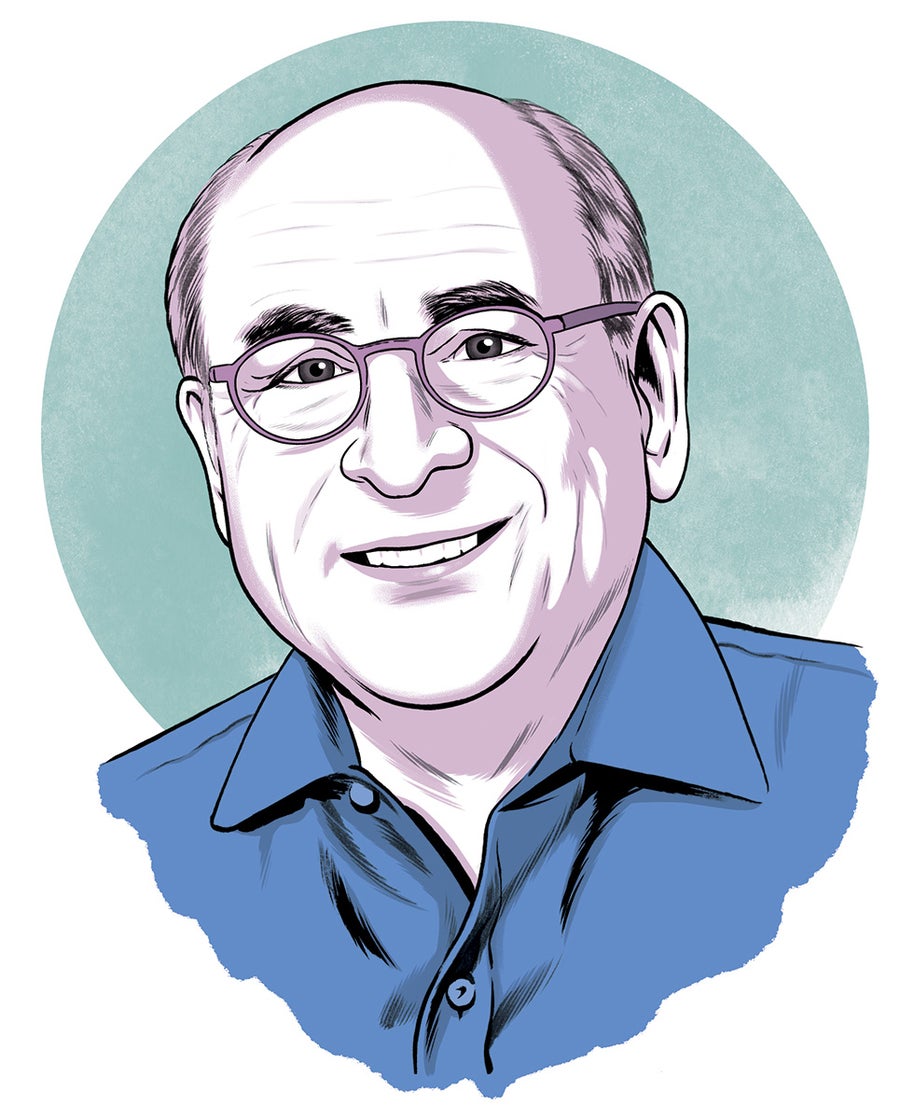
Stuart Orkin
Gene Therapy for Fetal Hemoglobin
Infants with sickle cell disease don’t start experiencing symptoms until three to six months of age, because up to that point their red blood cells retain the form of hemoglobin dominant in developing fetuses, hemoglobin F (HbF). This form prevents the clumping that is characteristic of the disease and keeps the cells round and flexible. Stuart Orkin, a hematologist and pediatrician at Harvard Medical School, has dedicated much of his career to figuring out how to get adult bone marrow to make more HbF.
For decades Orkin and his colleagues assumed there were multiple genetic variants involved in turning HbF production off and on. If someone had told him in 2000 that they’d have the solution a decade later, he says, “I would have said, ‘No, you’re crazy.’” But in 2008 genome-wide association studies linked HbF levels to certain genes, including one called BCL11A. Orkin’s laboratory dug deeper and found that something in BCL11A switches off HbF production in infancy.
When Orkin’s team moved its research into a mouse model of sickle cell, the scientists found that eliminating BCL11A in developing red blood cells cured the mice of the disease. That finding, published in 2011, transformed Orkin’s perspective: one single cut in one gene could increase HbF production and unlock a cure. “That was the turning point,” he says.
These discoveries led to one of the first sickle cell gene therapies approved by the U.S. Food and Drug Administration. The drug, marketed as Casgevy, is the first-ever approved treatment to use CRISPR gene-editing technology. Orkin wants to reach as many people as possible and is currently pursuing more accessible forms of sickle cell gene therapy. His goal is to learn everything there is to know about HbF so he can help design targeted remedies. It’s a steep challenge, but, he says, “if nothing else, we’re pretty persistent.”
One of Orkin’s collaborators, Douglas Higgs, says Orkin is not just persistent but visionary. “[He] has a great ability to see the best way forward and has recruited and directed many great young scientists to address these lines of inquiry,” says Higgs, a blood geneticist at the University of Oxford. Today, he says, those scientists are leaders in the field.
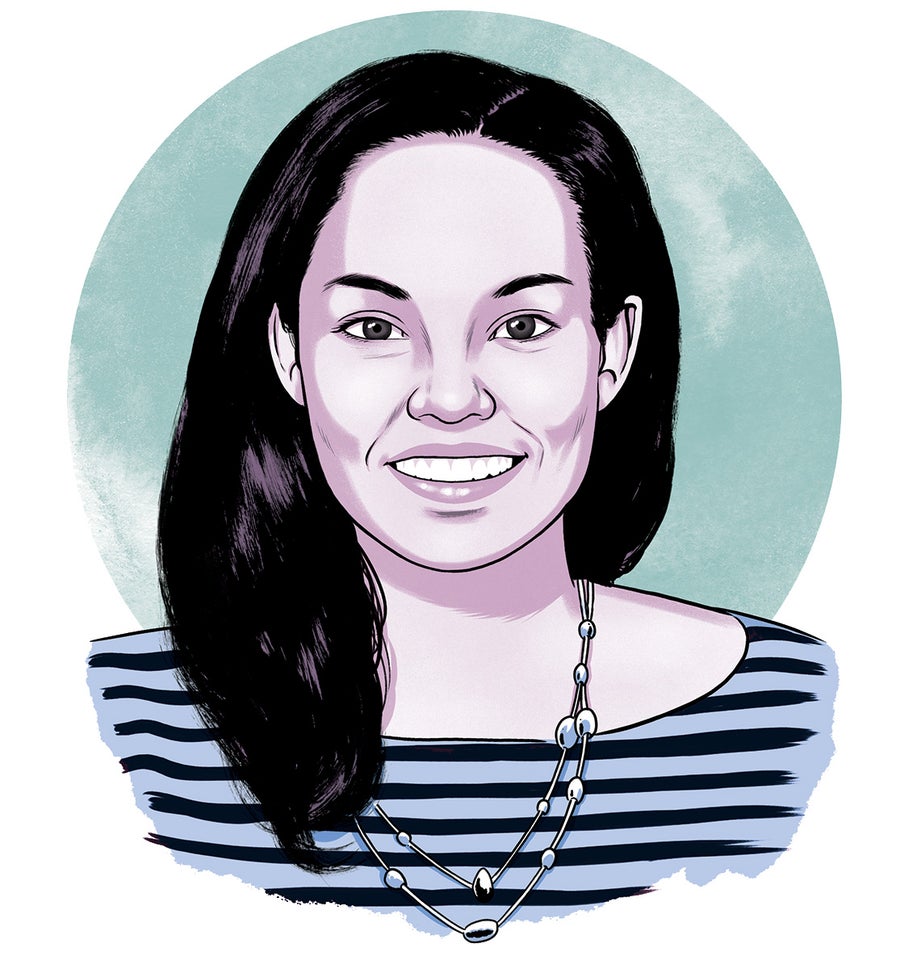
Lakiea Bailey
Advocating for the Advocates
Lakiea Bailey is an advocate, a sickle cell patient and a scientist who has worked to unravel the molecular mechanisms that underlie the disease. In these roles, she has unified her fellow advocates and improved patients’ lives.
It’s strange to learn how to live with pain, Bailey says. She was diagnosed with the disease at age three. When she turned 18, she saw that, practically overnight, her health-care providers stopped believing her pain was real. The child who had deserved compassion was suddenly treated like an unruly young adult with an attitude. It was an experience that deeply affected her approach, which includes urging institutions to “start with the premise that your patient knows their body.” It might sound simplistic, but she says it’s at the foundation of ensuring people with sickle cell disease receive the best possible treatment.
Bailey’s view of the field was further influenced when she attended a 2014 gathering of government officials, patients, researchers and physicians who met to focus on the perspectives and needs of people with sickle cell disease. Bailey saw that because the disease had been systemically neglected, a slew of historically underresourced advocacy groups were working in isolation rather than collaborating as partners. So during that meeting Bailey convened a group that vowed to work together to build a nonprofit of community organizations, advocates, and medical and research advisers who would fight to put sickle cell patients first. This was the origin of the Sickle Cell Community Consortium. Between the advocacy and her lab research, however, Bailey’s health was suffering. “It was getting harder and harder to keep cell cultures, my mice model and all the research I was doing going,” she says.
After a break to recover, she took on the full-time executive director role at the Sickle Cell Community Consortium. For too long, she says, people without sickle cell disease were in charge of what happened to patients, but they lack the necessary perspective. The consortium centers the voices of patients, including those with sickle cell trait (people who carry the sickle cell mutation but typically have few to no symptoms), as well as the needs of partner community organizations. In doing so, it uncovers unexpected, important issues. In response to a recent survey, which ranked coping with grief as a priority, the consortium is now working to support those experiencing emotional and financial fallout from the death of a loved one. The consortium is prioritizing patients’ mental health and nutrition and helping them take control of their own well-being.
Bailey is now in yet another patient transition, “from adult to older adult.” People with sickle cell disease are living longer than they used to, and she says aging with the disease is “its own sort of challenge.” But she is using that knowledge to everyone’s advantage. Bailey combines compassion, deep knowledge of patient needs, and a way of thinking that’s both systematic and scientific, which makes her an absolute powerhouse, says Tomia Austin, executive director of the As One Foundation, a sickle cell education and advocacy organization. Austin says Bailey is an inspiration and someone the community looks up to, then points to one of her favorite interventions: Bailey outfits children with sickle cell in lab coats and helps them study their own disease.
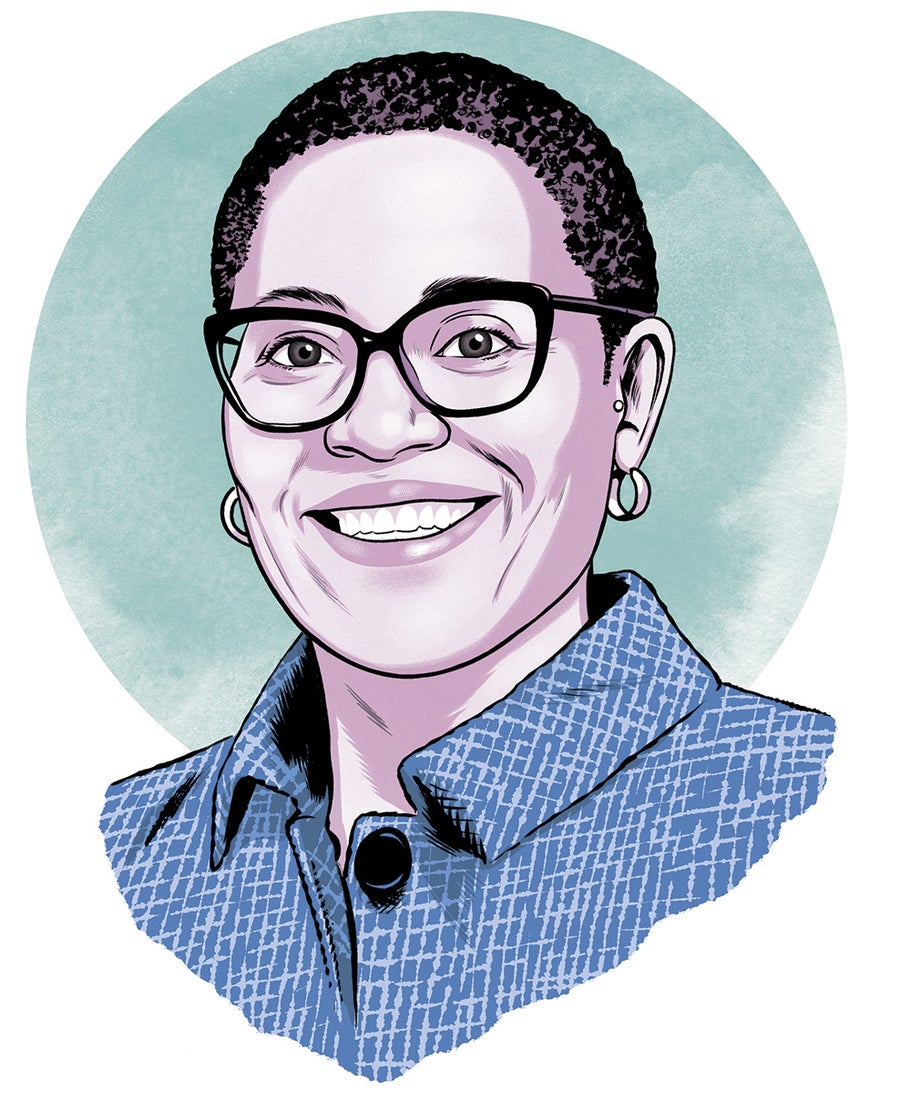
Julie Makani
Empowering African Genomics and Cures
Julie Makani says improving the lives of people with sickle cell disease requires a unified effort, whether in her native Tanzania, across Africa or worldwide. In 2004 she helped to establish a sickle cell program at the Muhimbili University of Health and Allied Sciences and Muhimbili National Hospital, where she’s a hematologist. By collecting clinical and demographic data from thousands of patients throughout Tanzania, the center has created one of the largest single-center sickle cell cohorts in the world and is helping transform patient care and policy.
Makani believes sickle cell disease offers a model for translating genomics research into treatments both for illnesses caused by single-gene mutations and for more complex conditions. She says there is a racist notion that genomics and gene therapy are too lofty for African scientists, so she and her colleagues are showing “that we can and will do genomic research.” Through the Human Heredity and Health in Africa initiative, Makani is helping to advance genomics and biomedical research by Africans. For example, she is working to identify variants in multiple genes associated with how the body processes hydroxyurea, a drug that increases the amount of hemoglobin F in the blood and helps red blood cells maintain their shape, which may prevent clumping. But the medication works in only two thirds of patients with sickle cell, and Makani hopes to find ways to help the remaining third.
Makani and her collaborators also aim to ensure that Africans can access new cures such as gene therapy and bone marrow transplants. She and her colleagues are working to get such treatments to African patients, sending people abroad to India or the U.S. when the therapies aren’t locally accessible.
When the Ministry of Health in Tanzania approached Makani to nominate her for a World Health Organization public health award in 2020, she insisted they nominate Tanzania’s sickle cell consortium rather than any one individual. At the plenary meeting of the 73rd World Health Assembly that year, she accepted the award on the consortium’s behalf.
Steven Okoli, a lecturer and hematologist at Imperial College London, says this humility and collective mindset is typical of Makani and lies at the core of her leadership. He says Makani creates change through her awareness that “we all need to be involved in making sure sickle cell’s profile is increased so that we can get better treatments to our patients.”